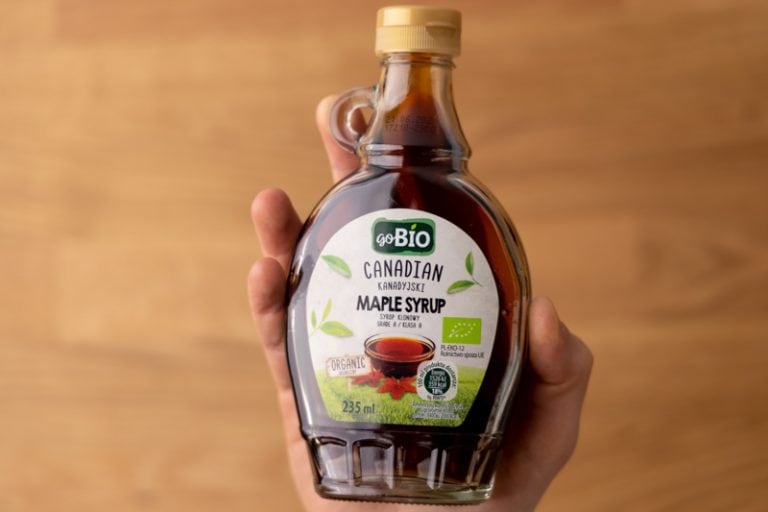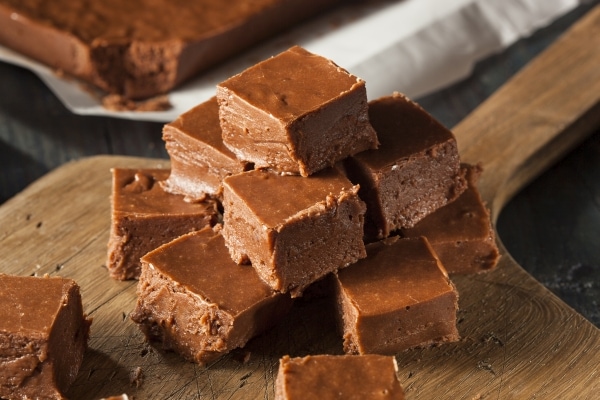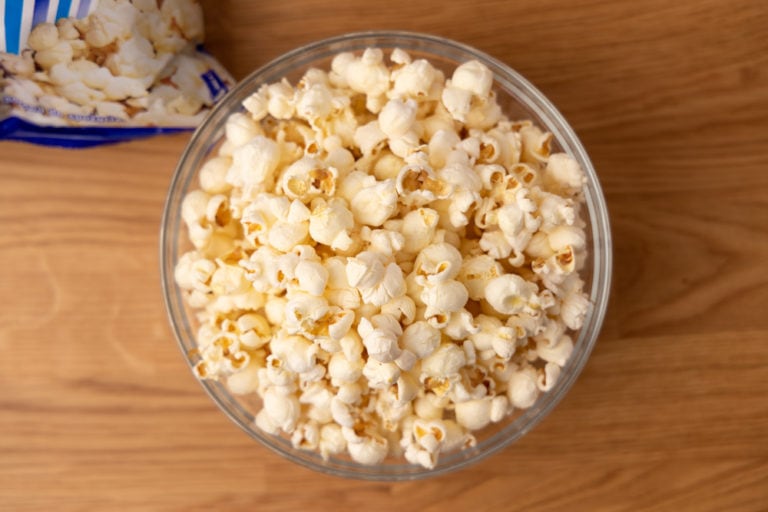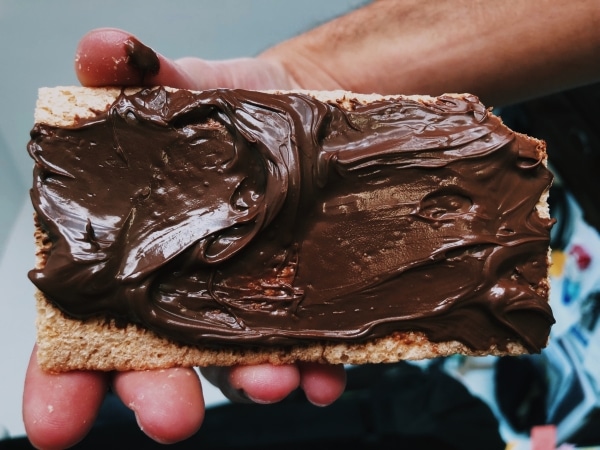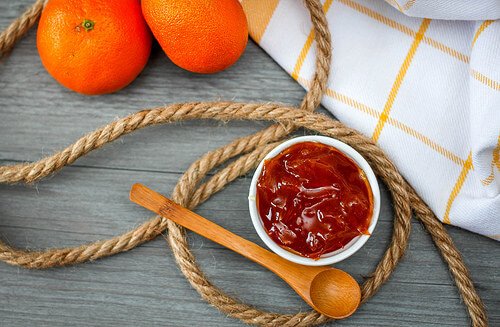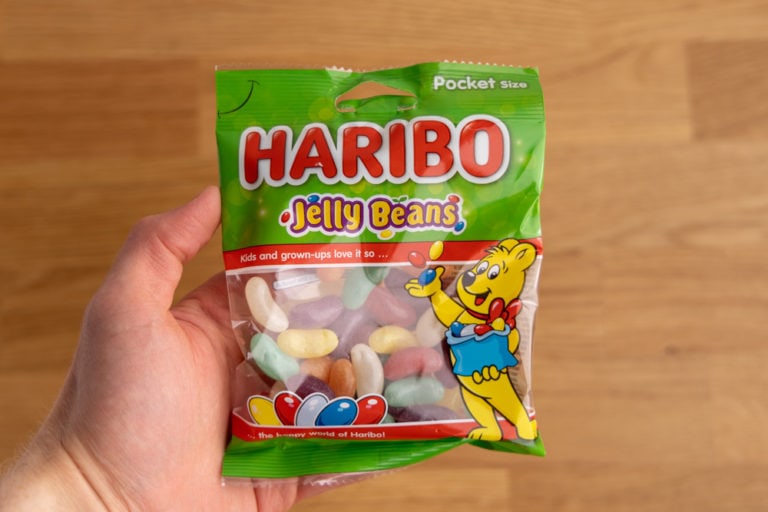Does Chocolate Go Bad? How Long Is Chocolate Good For?
You’ve found an old chocolate bar that’s a few weeks (or months) past its date. Now you wonder: does chocolate go bad?
Or maybe you’ve opened a fairly new bar and noticed that it has some grey streaks. And you’re not quite sure if that chocolate is safe to eat or if should you toss it.
In either case, learning a bit more about chocolate should help you decide what to do with that bar. And this article is all about it.
In it, we cover:
- storing chocolate (where and how, and what to do with an open bar)
- the shelf life of chocolate (dark, milk, and white chocolate included)
- going bad of chocolate (what’s okay and what’s not)
Interested? Let’s dive in.
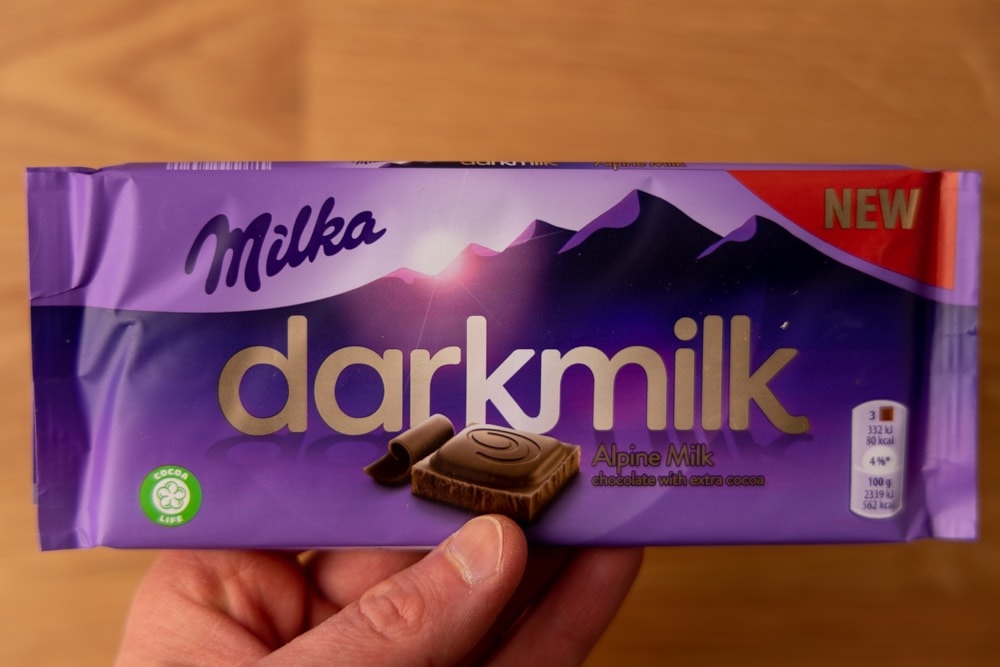
How to Store Chocolate
Store chocolate in a dark and dry place, away from strong smells. The pantry or a kitchen cupboard is okay – there’s no need to refrigerate it. Once you open the bar, always wrap it well before you put it back in storage.
The ideal storage temperature is between 54°F and 61°F (or 12°C to 16°C). But if the temperature is a few degrees higher, it’s not that big of a deal.
When it comes to storage spots, keep the bar away from any sources of heat, as heat can melt the chocolate, or cause chocolate bloom (more on that later).
Last but not least, store the bar away from any strong odors, as they can taint the flavor.
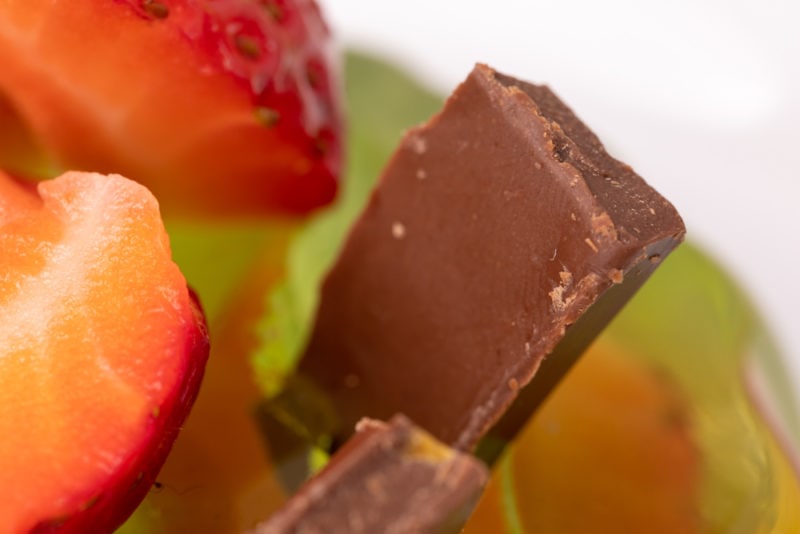
Once you open the bar, wrap the chocolate with the aluminum foil the chocolate comes in, or put it back into the bag if it’s resealable (Milka started using those recently).
If you’ve discarded the wrap, place the leftover chocolate in a freezer bag, or wrap in aluminum foil and put it back into its carton container.
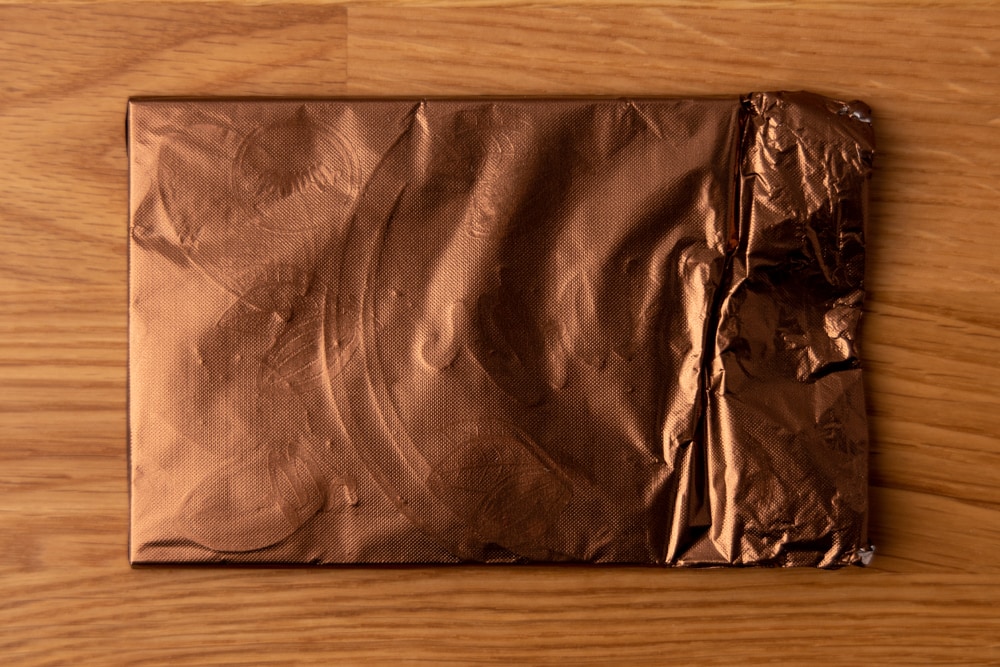
Should You Refrigerate or Freeze Chocolate?
Let’s touch upon other storage options, namely the fridge and the freezer.
Many sources advise against keeping chocolate in the fridge, as it will attract moisture and spoil. You can easily counteract that by putting the bar in a freezer bag.
What’s more important is that the temperature in the fridge isn’t ideal for storing chocolate, so unless you live in a hot and humid climate, the pantry it the better option.
When it comes to freezing chocolate, it doesn’t really lengthen the time the bar retains the best quality, so it’s of little help. Plus hardly anyone ever needs to store chocolate for a year or so.
Nevertheless, if you ever wanted to freeze chocolate, make sure it’s in a freezer bag (or two), and you squeeze out all the air from it before sealing.
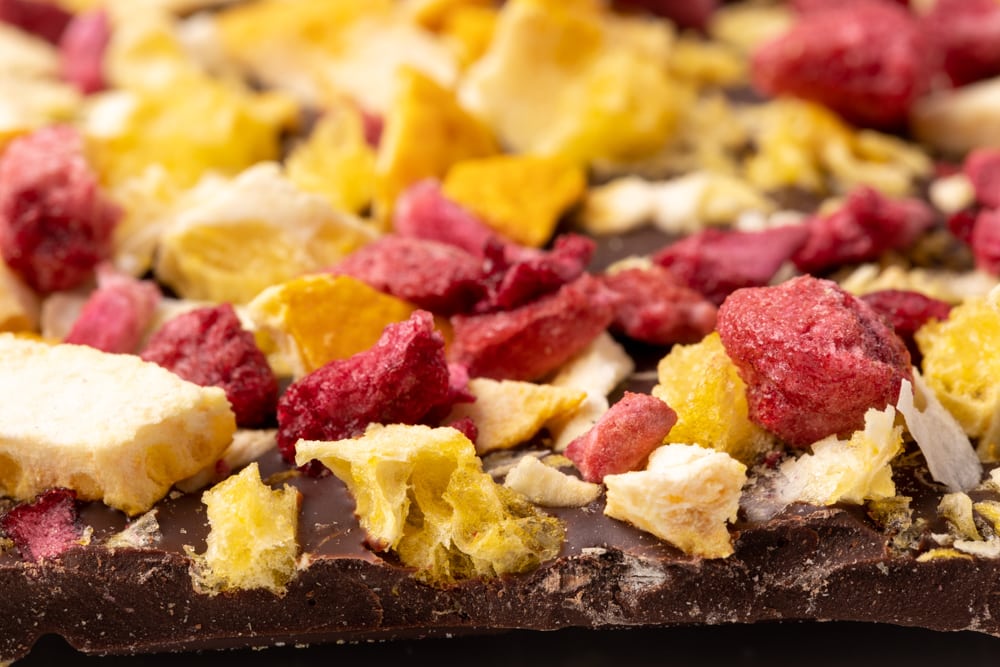
How Long Does Chocolate Last
Chocolate usually lasts for a few months past its date. Dark chocolate retains quality for the longest, even up to a year past the date on the label. Milk chocolate is second with up to six months, and white chocolate third with only a couple of months.
When it comes to various chocolate products, such as chocolates, candy bars like Kit Kat or Twix, and others, their shelf life depends on ingredients other than chocolate. That’s because chocolate is usually the least perishable ingredient on the list.
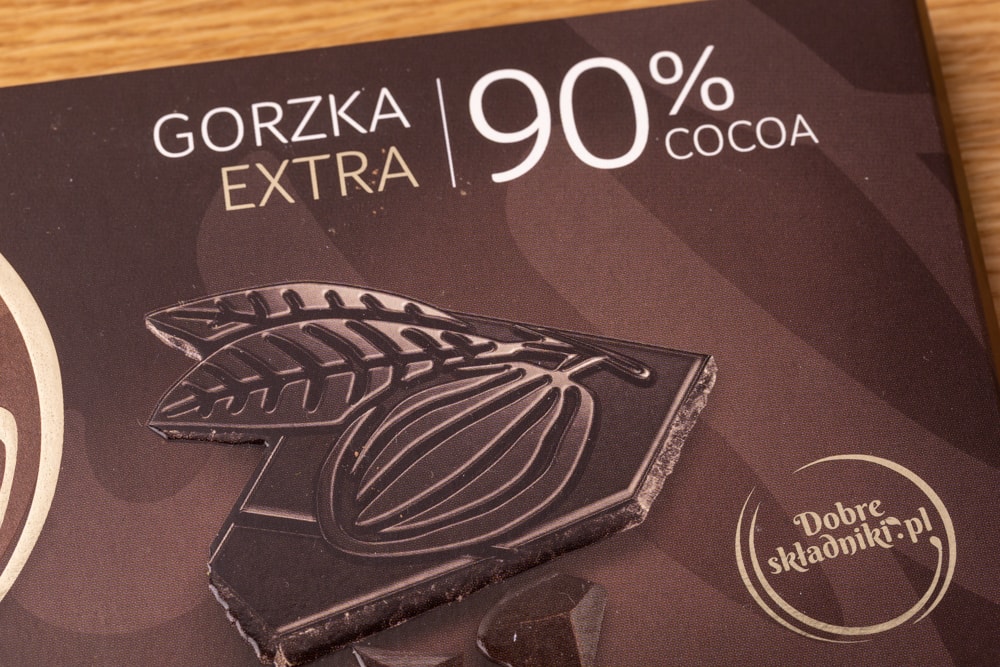
Chocolate, just like chocolate syrup, comes with a best-by (or best-before) date. That date informs you of how long, approximately, the product should retain freshness.
That date is only a rough estimate, and chocolate most often lasts much longer. That’s because of the flavonoids that keep the oxidation of fats from occurring.
(Hot chocolate also keeps quality for quite some time beyond the printed date.)
As I already mentioned, dark chocolate lasts much longer than milk or white chocolate. David Lebovitz, the author of The Great Book of Chocolate, confirms that.
That means dark chocolate has a longer best-by date, but it also stays okay longer past its date than the other two.
| Pantry | |
|---|---|
| Milk chocolate (unopened or opened) | Best by + 3 – 6 months |
| White chocolate (unopened or opened) | Best by + 3 – 4 months |
| Dark chocolate (unopened or opened) | Best by + 9 – 12 months |
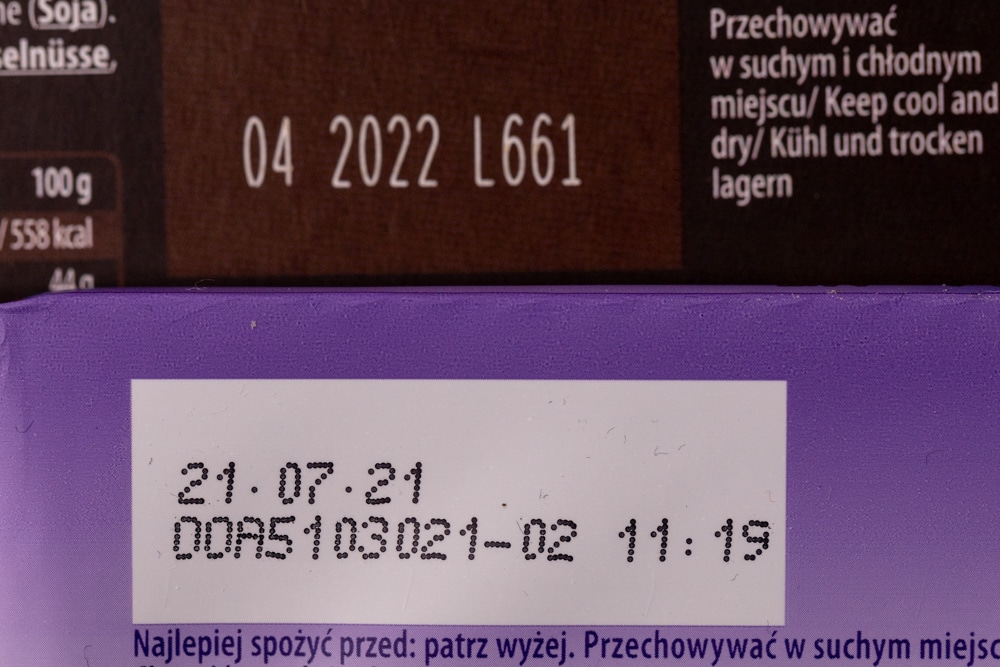
How To Tell If Chocolate Is Bad
Chocolate contains little to no water, and the flavonoids protect the fats from oxidation. Because of that, chocolate is not prone to spoiling.
It will often last for years if stored properly and retain a fairly good taste for the whole time. The word “fairly” is quite important here.
Chocolate, like many other products, degrades in quality over time. A 10-year-old bar won’t be nearly as good as a fresh one.
If your chocolate seems to be perfectly okay but is somewhat flavorless, it’s past its prime, and you should toss it out.
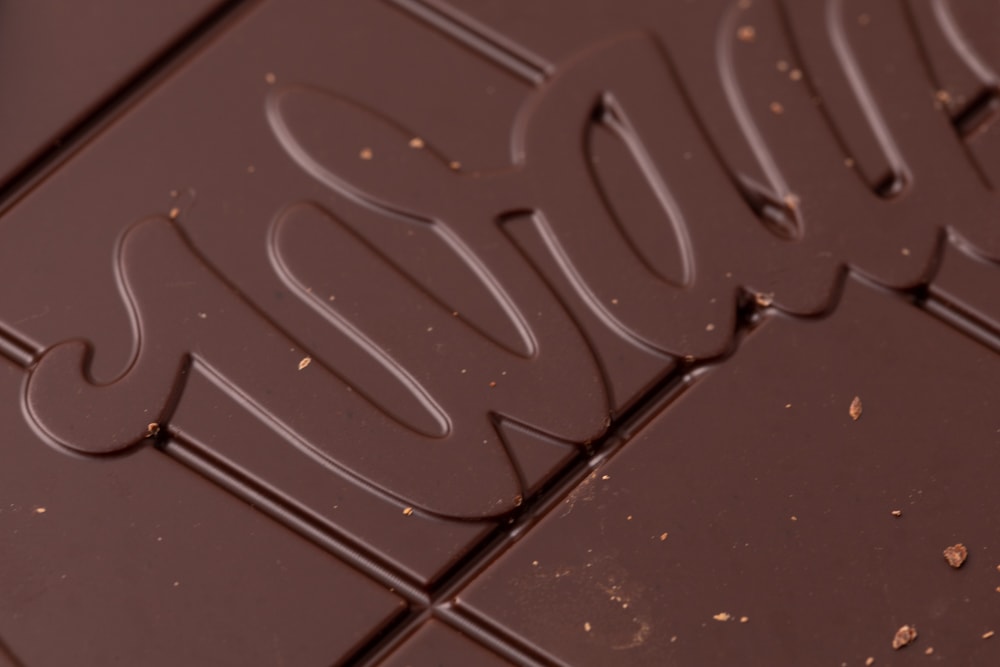
If there are some grey streaks on your bar, or the chocolate turns white-ish or grey-ish, it’s okay.
That’s called chocolate bloom, and it’s not harmful in terms of food safety. Although unattractive, it’s harmless, and there isn’t a good way to get rid of it.
The chocolate bloom discoloration is cocoa fat rising to the surface because the chocolate was exposed to heat.
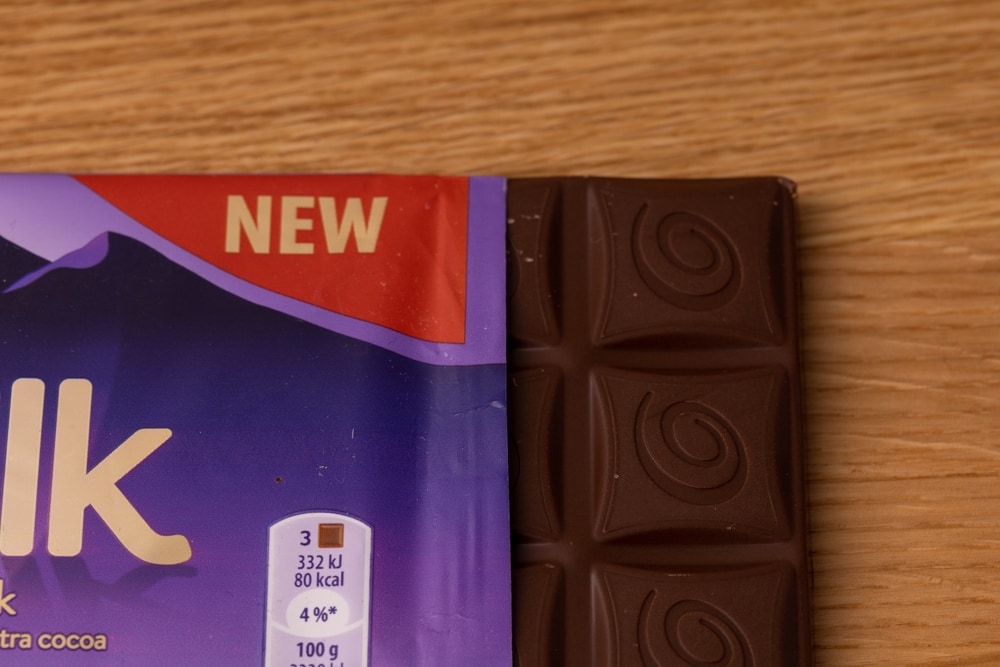
If you can see some crystals forming on the surface, it’s often referred to as “sugar bloom,” and it’s harmless as well. While blooming chocolate is safe to consume, its quality is somewhat changed, and you will likely notice the altered taste.
Last but not least, if there is anything green or mold-like on the surface, toss the chocolate out. The presence of mold most likely means moisture got to the product.
Rotten Records: Share Your Snap!
Caught some food past its prime? Upload your photo to “Rotten Records” and help others spot the signs of spoilage. Every image makes our food community safer and more informed!
